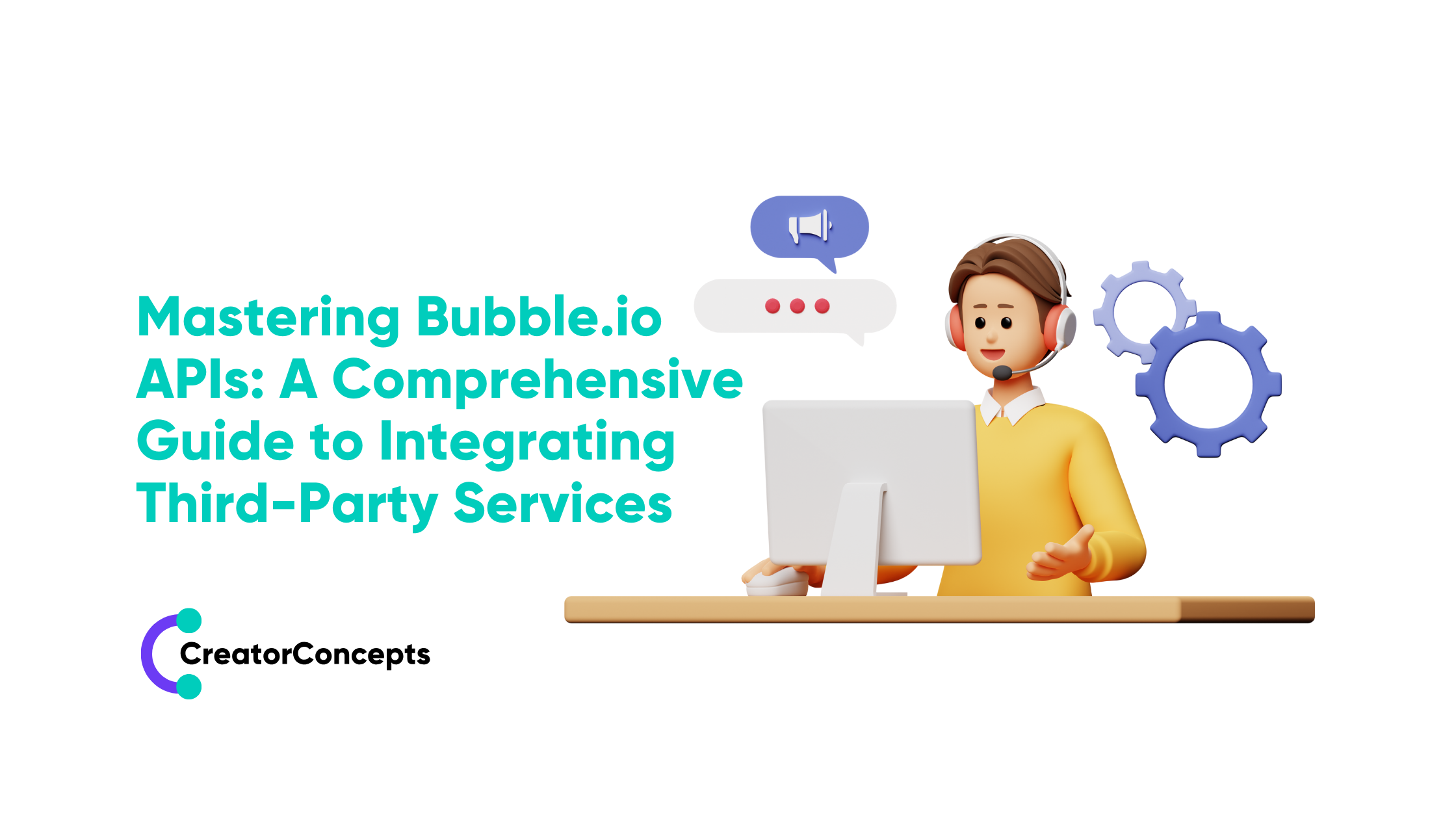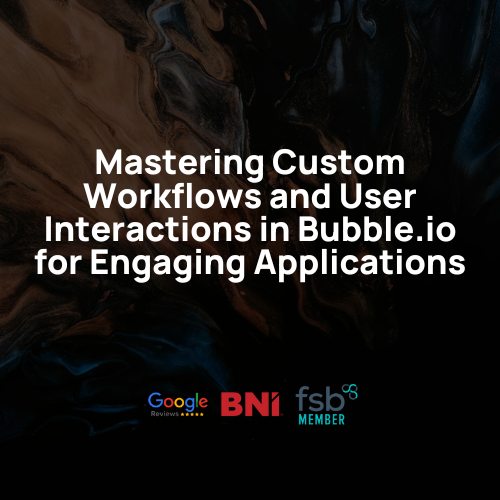How to Validate Your Startup Idea with Rapid Prototyping
Starting a new business is exciting, but it also comes with risks. One of the biggest risks is investing time and money into an idea that might not work. This is where rapid prototyping can help. Rapid prototyping allows you to create a simple, working model of your idea quickly. This model can then be tested and improved based on feedback.
Rapid prototyping is especially useful for startups. Instead of spending months developing a full product, you can create a basic version in a short time. This way, you can see if people are interested in your idea before you invest too much. It also allows you to make changes early on, saving time and resources in the long run.
By validating your idea with a rapid prototype, you can gather valuable feedback. This feedback helps you understand what works well and what needs improvement. It also shows investors and potential customers that your idea has potential. Rapid prototyping is a smart and efficient way to reduce risk and increase your chances of success.
What is Rapid Prototyping?
Rapid prototyping is the process of quickly creating a simple version of a product to test and refine an idea. This method focuses on building a basic, functional model that can be evaluated to gather feedback and make improvements. It is especially useful for startups and entrepreneurs who need to validate their ideas without investing too much time and money upfront.
The goal of rapid prototyping is to develop a working model as fast as possible. This model doesn't need to be perfect; it just needs to perform the essential functions of the intended product. By using rapid prototyping, you can see how the idea works in practice, identify any flaws or necessary adjustments, and improve the final product based on real-world feedback.
Using tools like Bubble's no-code platform, you can create these prototypes without needing extensive programming skills. This makes rapid prototyping accessible to more people, allowing even those without technical backgrounds to bring their ideas to life quickly and efficiently.
Steps to Create a Rapid Prototype
Creating a rapid prototype involves several key steps. Following these steps ensures a smooth process and a functional model that meets your needs.
- Define Your Goals: Start by clearly defining what you want to achieve with your prototype. Identify the main features and functions that are essential for your idea. This will help you focus on what's most important and avoid unnecessary features.
- Sketch Your Idea: Create simple sketches or wireframes of your product. These drawings don't need to be detailed but should give you a clear idea of how the product will look and function. This step helps in visualising the final product and planning the development process.
- Choose the Right Tools: Select tools that will help you build your prototype quickly. No-code platforms like Bubble are ideal for this purpose, as they allow you to create working models without needing to write code. This saves time and makes the process more accessible.
- Build the Prototype: Using your sketches and chosen tools, start building the prototype. Focus on the core features and functions that will allow you to test your idea. Don't worry about making it perfect at this stage; the goal is to create a working model that you can improve later.
- Test and Gather Feedback: Once the prototype is ready, test it with a small group of users or stakeholders. Gather their feedback on how well it works and any areas that need improvement. This feedback is crucial for refining and improving the prototype.
- Refine and Improve: Based on the feedback, make necessary adjustments to your prototype. This might involve fixing bugs, adding new features, or changing the design. The goal is to iteratively improve the prototype until it meets your needs and expectations.
By following these steps, you can create a rapid prototype that helps validate your startup idea and sets the stage for developing a successful final product.
Benefits of Using Rapid Prototyping for Validation
Rapid prototyping offers several benefits that make it an essential tool for validating startup ideas. Here are some key advantages:
- Quick Feedback: Rapid prototyping allows you to quickly gather feedback from users, stakeholders, and potential customers. This feedback is invaluable for identifying strengths and weaknesses in your idea, helping you make informed decisions early in the process.
- Cost-Effective: Building a prototype is much cheaper than developing a full-scale product. You can test your idea without making a huge financial investment. This cost efficiency is especially important for startups with limited resources.
- Reduced Risk: By validating your idea with a prototype, you reduce the risk of investing in a product that might fail. You can address any issues during the prototyping phase, ensuring a smoother development process later on.
- Visual and Functional Representation: A prototype provides a visual and functional model of your idea. This makes it easier to communicate your vision to team members, investors, and other stakeholders.
- Faster Iterations: Rapid prototyping allows for quicker iterations. You can make changes and improvements based on feedback without the lengthy development cycles associated with traditional methods.
These benefits make rapid prototyping an invaluable tool for startups looking to validate their ideas quickly and efficiently. By leveraging this approach, you can ensure your idea has potential before committing significant resources to full development.
Common Mistakes to Avoid
While rapid prototyping is a powerful tool, there are common mistakes that you should avoid to make the most of it. Here are some pitfalls:
- Lack of Clear Goals: Not defining clear goals for your prototype can lead to confusion and wasted effort. Make sure you know exactly what you want to test and validate.
- Over-Complicating the Prototype: Keeping your prototype simple is key. Focus on the core features and avoid adding unnecessary details. A complex prototype can be harder to test and refine.
- Ignoring Feedback: Gathering feedback is crucial, but it's equally important to act on it. Ignoring feedback can result in a prototype that doesn't meet users' needs or expectations.
- Skipping Testing Phases: Testing the prototype thoroughly is essential. Skipping or rushing this phase can lead to missing crucial issues that could be fixed early on.
- Not Iterating Enough: Rapid prototyping is all about quick iterations. Don't be afraid to go through multiple rounds of testing and refining. Each iteration brings you closer to a successful product.
- Poor Communication: Ensure that everyone involved in the project is on the same page. Poor communication can lead to misunderstandings and a prototype that doesn't align with the original vision.
By being aware of these common mistakes and taking steps to avoid them, you can make the most of rapid prototyping and successfully validate your startup idea.
Conclusion
Rapid prototyping is a smart and efficient way to validate your startup idea. By quickly creating a simple, functional model of your product, you can gather valuable feedback, save time and money, and reduce the risk of failure. Rapid prototyping allows you to make improvements early on and ensures that your idea has potential before committing significant resources.
At CreatorConcepts Limited, we specialise in helping you turn your vision into reality using rapid prototyping and no-code development tools. Ready to bring your idea to life? Contact CreatorConcepts Limited today and let us help you validate your startup idea quickly and efficiently.
 By
By


